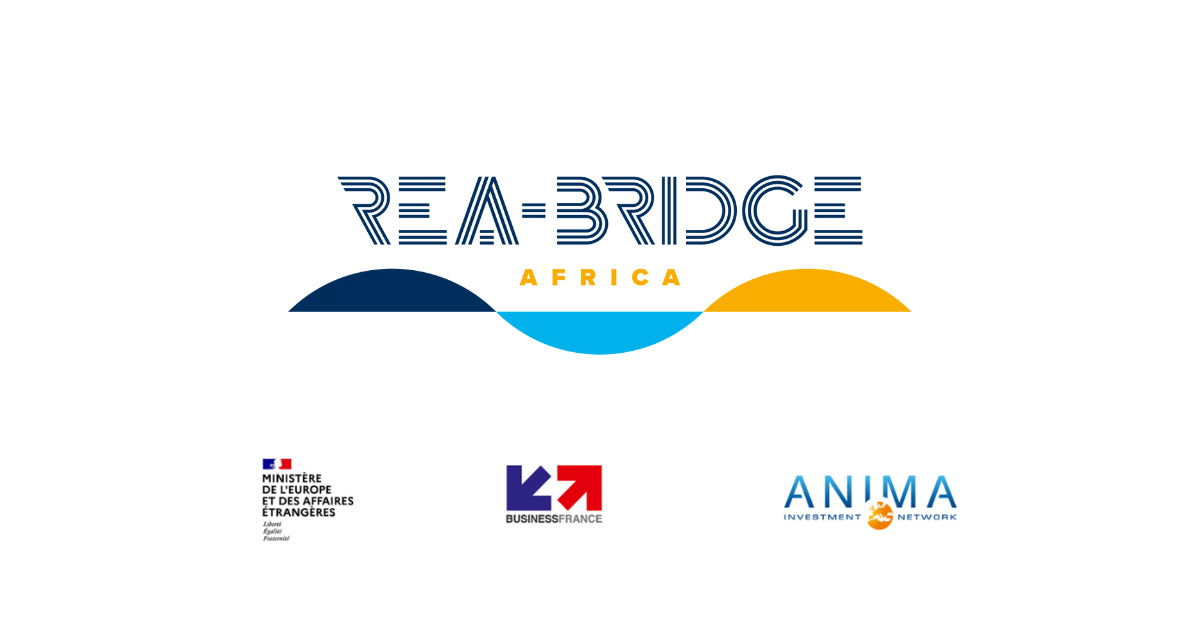Open Science (OS) is a vital instrument of the Research and Innovation (R&I) transformational policy mix. It is kind of embedded into a larger ambition to systematically change the practice of R&I and foster the co-creation, diffusion, and re-use of high-quality knowledge. Basically, OS aims to make scientific knowledge available, accessible and reusable by anyone, with an inclusive approach that goes across scientific disciplines and actually even beyond the traditional R&I communities. While the overall concept of OS is quite well-known, there is still a lot of misunderstanding and differences of opinions about what “open” really means and how OS policy should be implemented.
The core question: what does “open” mean?
For starters, the term “open” is often misleading, and its meaning differs depending on the context in which it is used. It also does not automatically mean “free of charge”. Besides, OS policy encompasses a wide range of dimensions, from Open Access to publications (with different business and access models), Open Data or rather “data sharing” characterised by the motto “as open as possible, as closed as necessary”, but also Open Source, Citizen Science, Research Integrity, research(er) evaluation and reward systems, altimetrics, and also the European Open Science Cloud (EOSC) of course, among others. In general, it is quite important to stress that each of these policy initiatives can and should take very different forms, depending on the R&I communities and disciplines they address. There is no one-size fits all, and hybrid models are possible in between “fully open” and “fully closed”.
With OS comes great responsibility: ensuring quality
It is equally important to emphasise that the trust element is essential for the R&I system to function, and this also applies to OS practices which need to be deeply rooted on key principles such as quality, transparency, and sustainability. OS is often embedded into the wider Responsible Research and Innovation policy (RRI). The word “responsible” is key here for OS to achieve its expected impact. For publications for instance, an efficient and high-quality open peer review process is essential, where the data associated with scientific publications can be accessed and assessed.
Linking this to research data, the FAIR data principles offer a set of guidelines to ensure that research outputs are Findable, Accessible, Interoperable and Reusable. It is important to stress that FAIR is a quality standard for data, and FAIR data is not necessarily “open”, these are two different concepts. However, open or not, all the valuable research data should follow the FAIR principles to ensure their re-usability. This concept of FAIR data is a relatively new concept, first defined in a scientific paper in 2016. The compliance with these principles is now being promoted in EU and national R&I programmes. Optimally, R&I data should be “FAIR-by-design”. However in practice the implementation of these principles by research performing organisations is often not without challenges. The integration of data management practices into researchers’ workflows is on the rise, but there is still a shortage of data stewardship skills, trainings, and infrastructures to properly implement them, and the lack of incentives for researchers is also a key bottleneck.
OS and valorisation policy: two sides of the same coin?
Another important topic of discussion within the R&I community is the apparent tension between OS and valorisation policy. OS sees knowledge as a global common good to be shared, while valorisation policy sees knowledge as intellectual property to be captured and protected. Although at first sight there indeed seems to be a tension, most agree that there should not be a fundamental opposition between these two concepts. Just to say a few words about Valorisation policy especially how it is now intended at EU level: it basically refers to the exploitation of research results including through Intellectual Property Rights, and linked to concepts like technology transfer between the public and the private sectors. Taking a closer look at the supposed dichotomy between OS and valorisation policy, it becomes apparent that they ultimately serve a common purpose: prevent lock-in and making sure that research results benefit society. Some also say that IPR law actually provides the necessary legal framework within which OS can be implemented in some cases. Indeed, patent law enables patent holders to freely share ideas even if their commercial use is subject to restrictions. These OS and valorisation are two different philosophies, they should co-exist in the R&I policy mix, and a balanced approach between the two is needed.
A multi-dimensional and multi-level policy field
The idea behind the OS concept is actually deeply rooted into public non-profit research performing organisations. The objective of these organisations is to serve the public good. This is often a cornerstone of their public mission – delivering excellence research with impact for society. OS policy as we know it today can be viewed as a translation and expansion of these traditions, and it has really been gaining in prominence over the past 10 years.
This happened at all levels, starting with the EU, with the well-known European Commission’s “3Os strategy” – Open Science, Open Innovation, Open to the World (2016), the set-up of the Open Science Policy Platform to advise the EC on how to further develop and implement OS (2016-2020), the development of OS requirements under the Horizons’ Programmes, and more recently the new European Research Area’s Policy Agenda which also quite extensively cover Open Science from a wide range of perspectives. OS is being addressed at international level as well, especially by UNESCO which published recommendations on OS last year, and OECD which also recently revised its recommendation on access to research data from public funding.
At national level, more and more governments are also setting up their own OS strategies and policies, within and outside of Europe, from North to South, East to West. The shape and scale of these national strategies vary considerably across countries. Key elements often include Open Access to publications, FAIR data, Open Source software, Citizen Science, among the many other elements of OS. We will actually soon be able to have a much better overview and intelligence of the state of play of Open Science policies throughout Europe thanks to the EOSC Observatory which is a policy intelligence tool being developed by the EOSC Future project to monitor the implementation and uptake of EOSC in Europe and in which TG plays a central role.
Technopolis Group’s expertise at the service of OS
TG combines both the expert knowledge in overarching R&I policy at EU and national levels including a very good overview of the R&I landscape, with a deep thematic expertise on Open Science. TG is thus well positioned to support EU Institutions and national governments in the development, implementation, monitoring and evaluation of OS policy. This also includes impact assessment which we are currently carrying out in the scope of the Horizon Europe project PATHOS. TG further plays a central role in the OPUS project which will develop indicators and metrics for Open Science as well as in the soon-to-start SECURE project which will propose a new Research Career Framework including aspects of Open Science.
Looking closer into EOSC: TG is managing EOSC Future, a landmark Horizon 2020 project with a €42m budget. It combines the expertise of 95 partners and third parties to take EOSC implementation to the “federated web of FAIR data and associated services” that it aims to be. Questions that are all too often asked are: what does this exactly mean and what is EOSC anyways? Basically, the objective of EOSC is to provide a single-entry point to enable researchers to access a wide range of FAIR research data, and use cloud computing resources to process and analyse this data, connect it to other datasets from other disciplines that are currently hosted in different platforms, and access a wide range of other services adapted to their needs. The aim of the EOSC Future project is to develop the EOSC portal and make EOSC operational and user-friendly, by linking together existing research portals, resources and services across countries and disciplines. The specificity of EOSC Future is that it is actually the first EOSC project which brings together the e-infrastructures that are building the EOSC platform from a technical point of view, with the research communities from the ESFRI Science Clusters which constitute both the supply side of EOSC (providing datasets and ensuring there are valuable services and resources available) and the demand side (ensuring that EOSC will actually be attractive, trusted and used by the scientific communities). TG has a key role to facilitate the connection between these two very different communities and manage this large and challenging project, thereby contributing to the successful achievement of its objectives. In any case this will not be the end of the EOSC story, there is still a long road ahead, and TG will keep providing its expertise to make it a successful one!




